Abstract
PURPOSE: To describe a new technique for viewing and measuring the lens diameter during accommodation. METHODS: The accommodative lens activity, in a young female carrier of ocular albinism, was evaluated using retro-illumination infrared video photography and pixel unit measurements. RESULTS: Right and left lens diameter measurements were 498 pu and 501 pu, respectively, during natural accommodation. In pharmacologic non-accommodation (Tropicamide), the average lens diameter was 524 pu (range 518-528) while in accommodation (Pilocarpine), the average lens diameter was 485 pu (range 479-491). CONCLUSIONS: Right and left lens measurements were essentially identical. All measurements were reliable, repeatable and extremely accurate. The lens diameter consistently reduced during accommodation and enlarged during non-accommodation. The theories, similar to Tscherning's, which imply that the lens diameter increases in accommodation, are clearly disproven.
Full text
PDF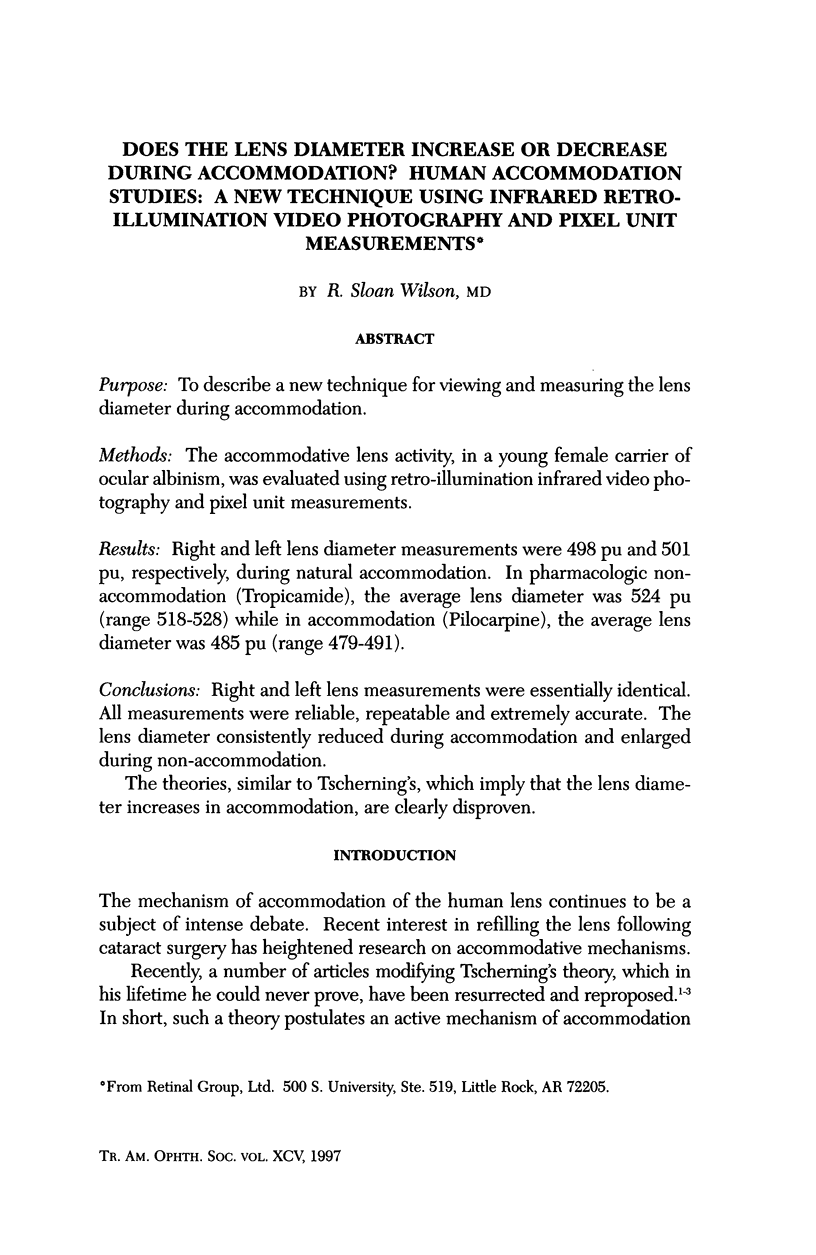

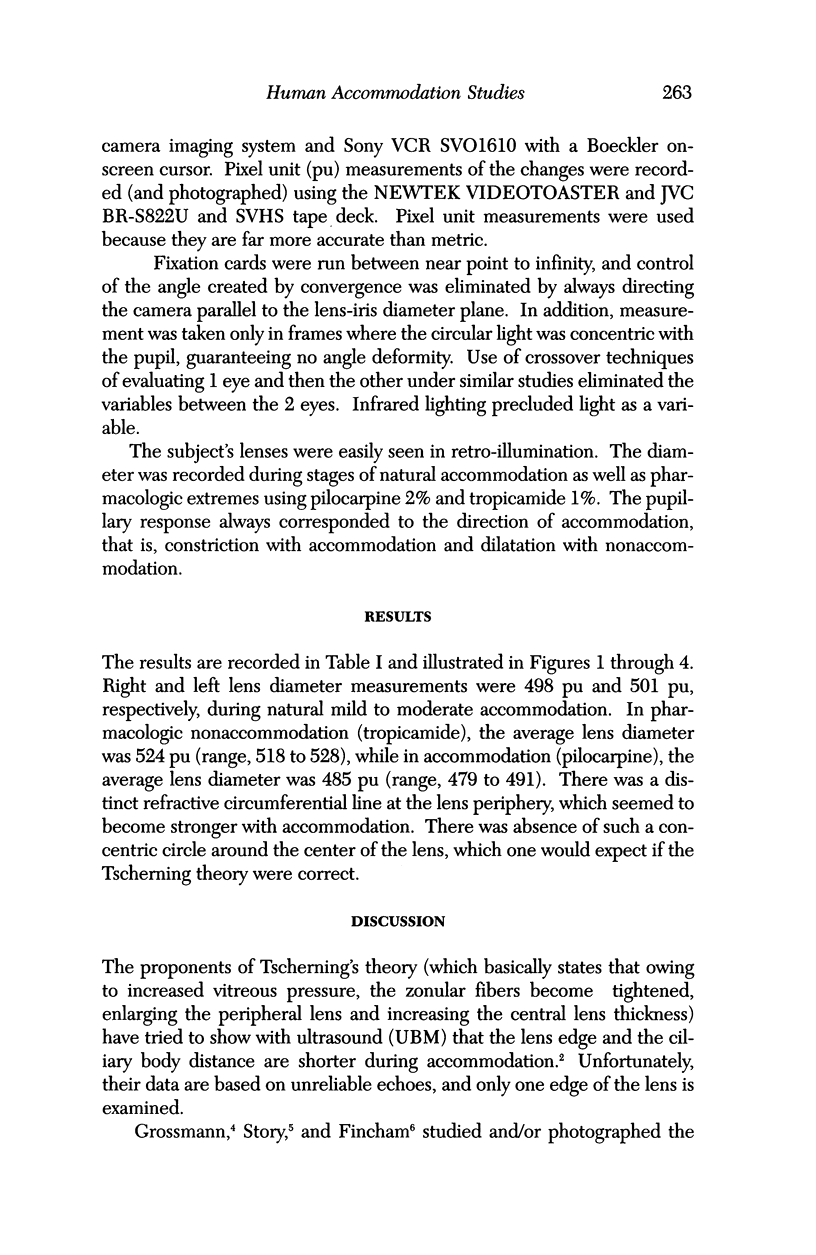
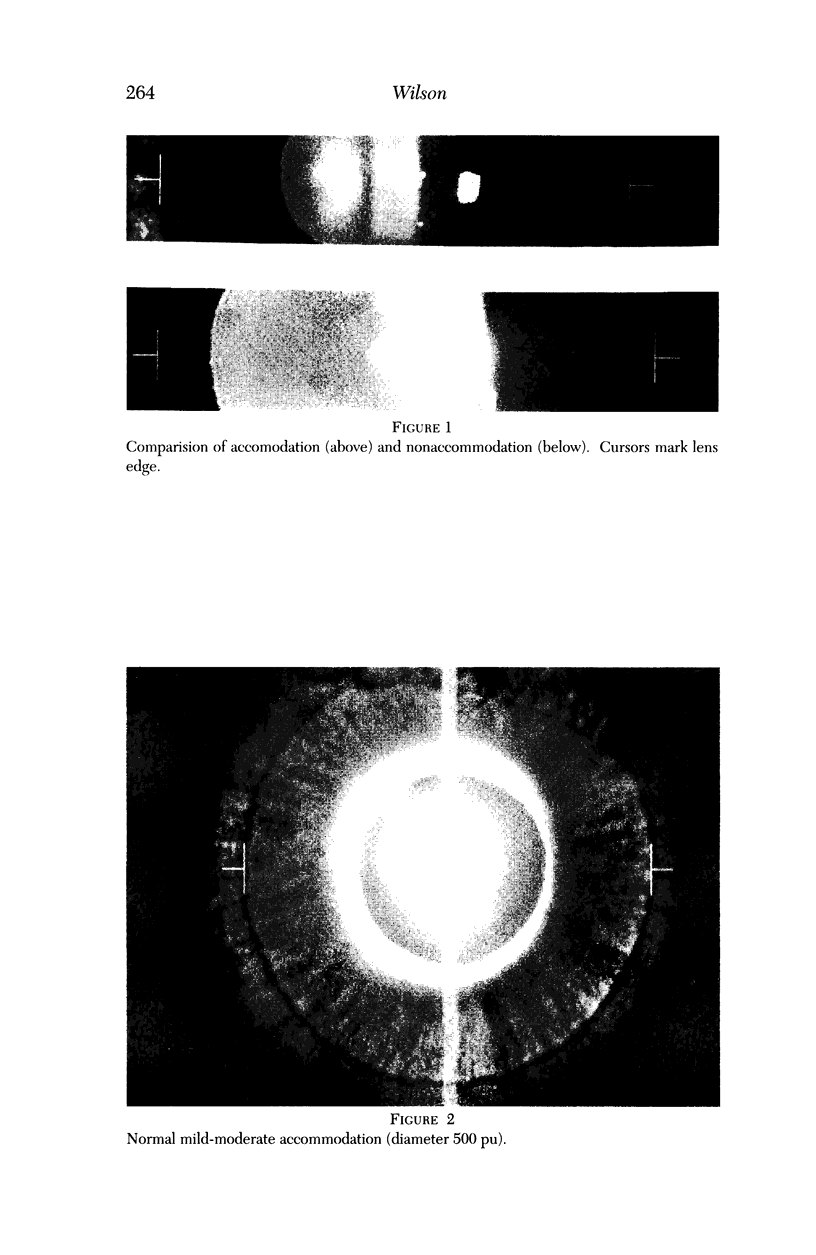
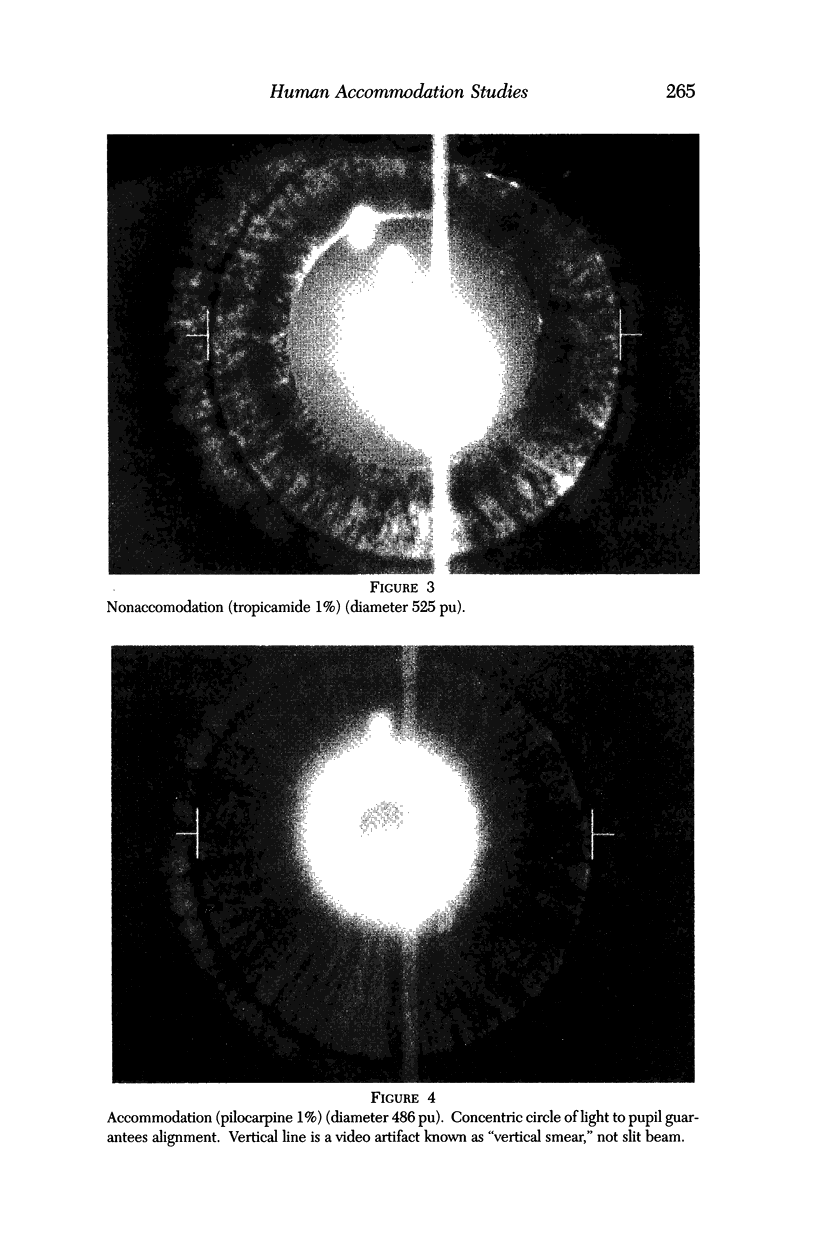
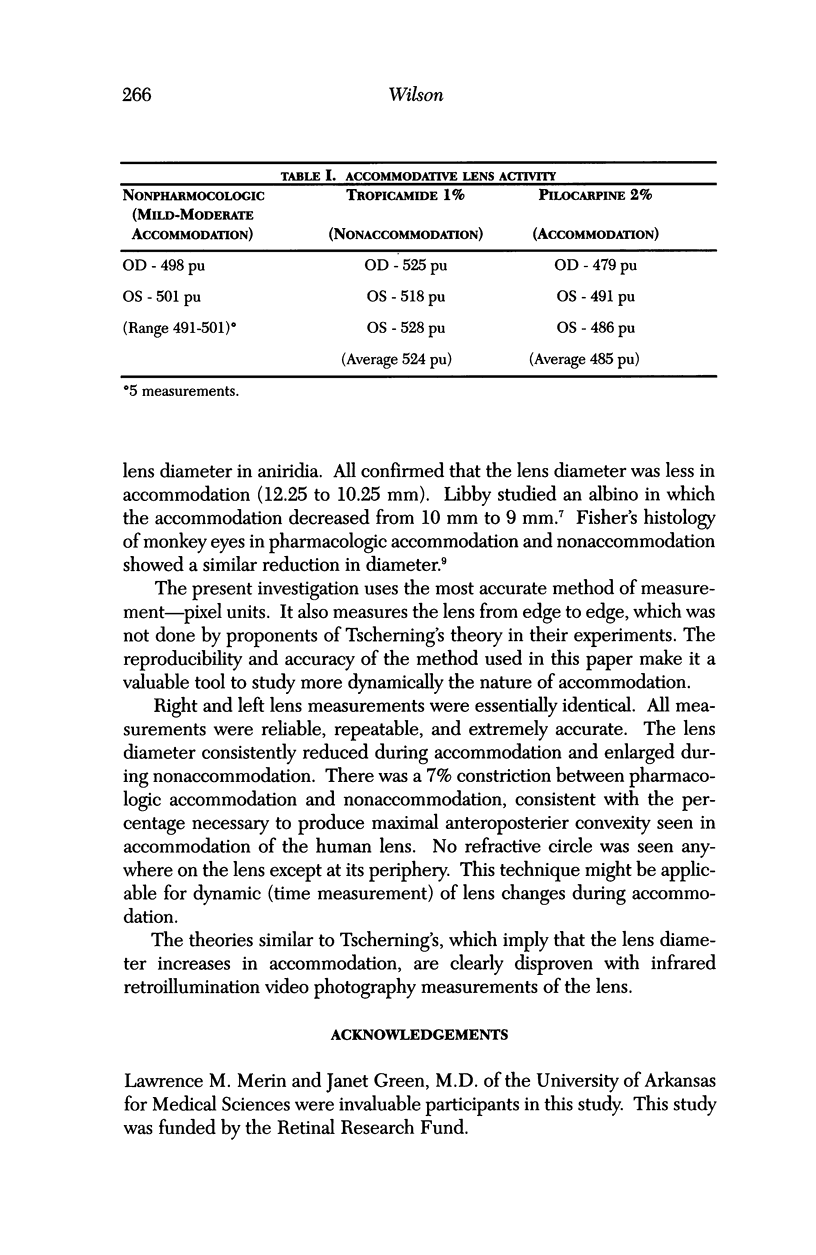
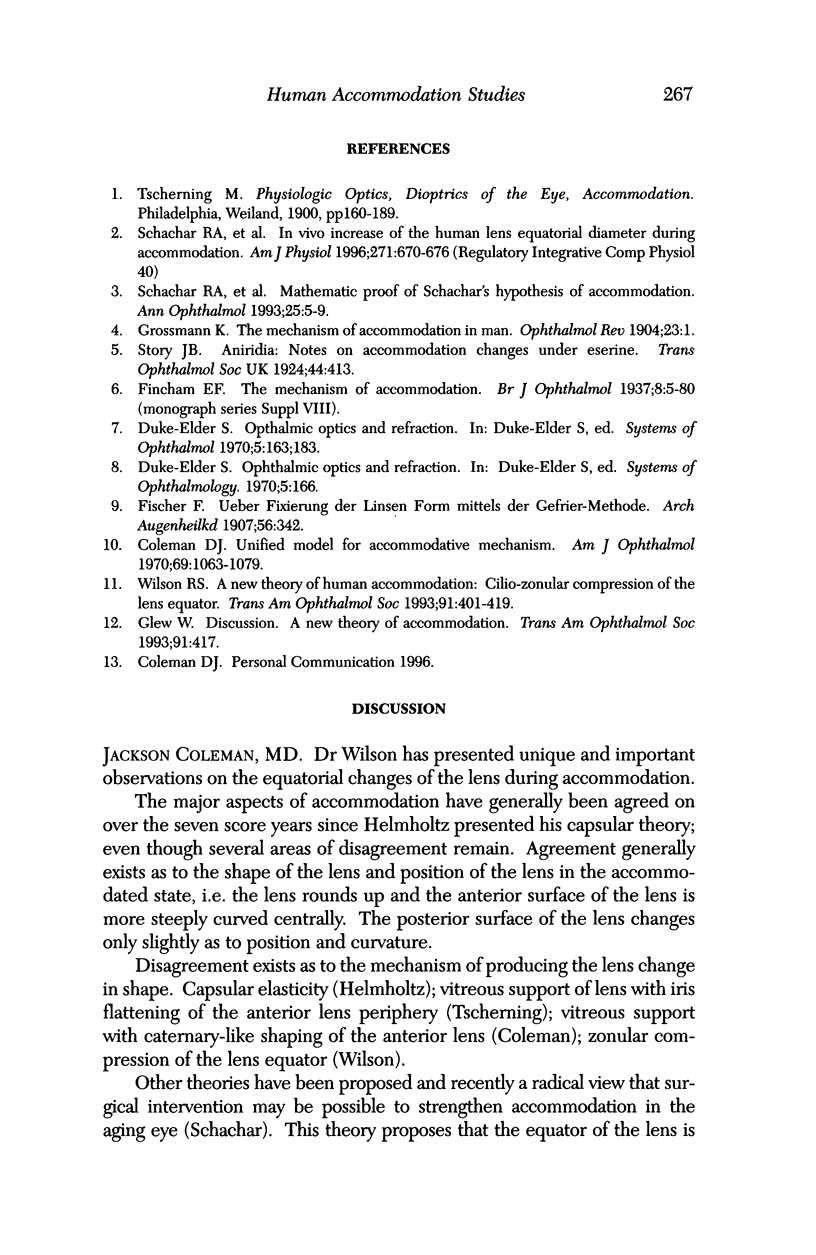
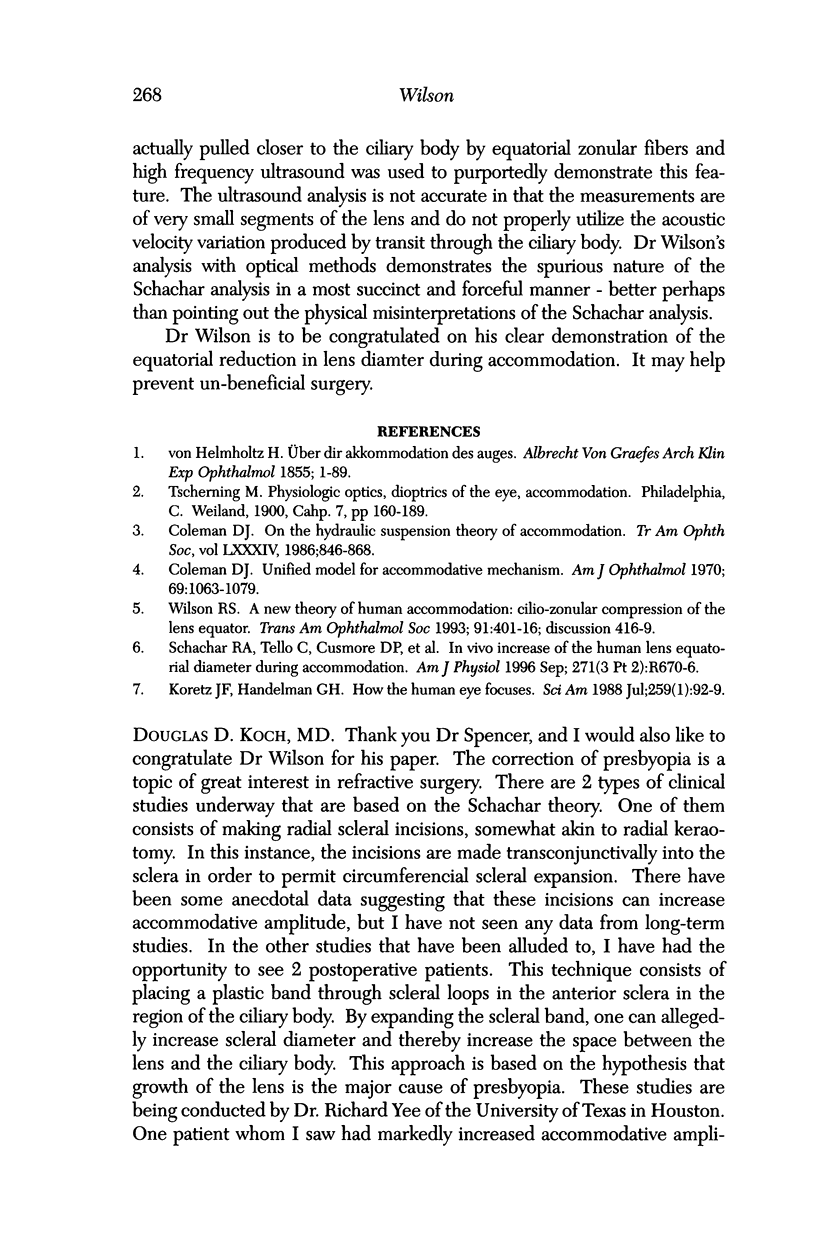
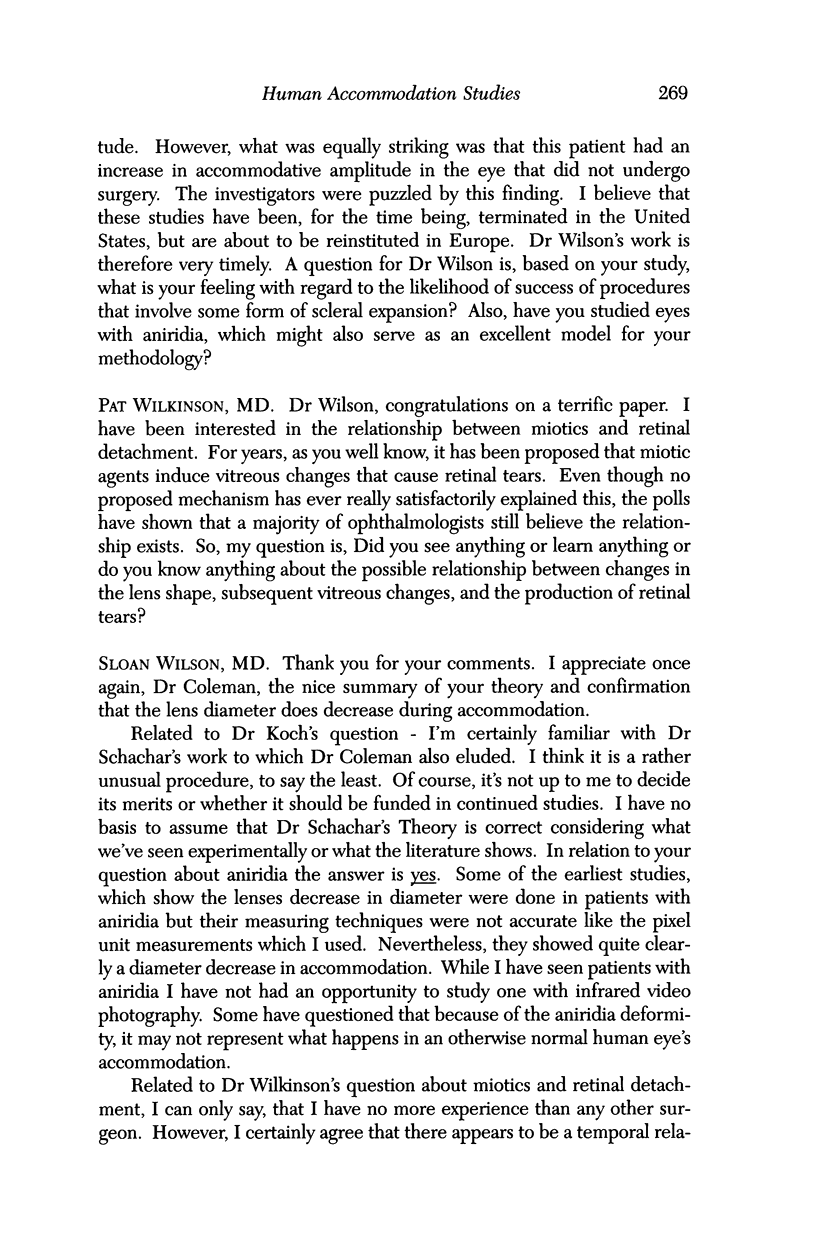
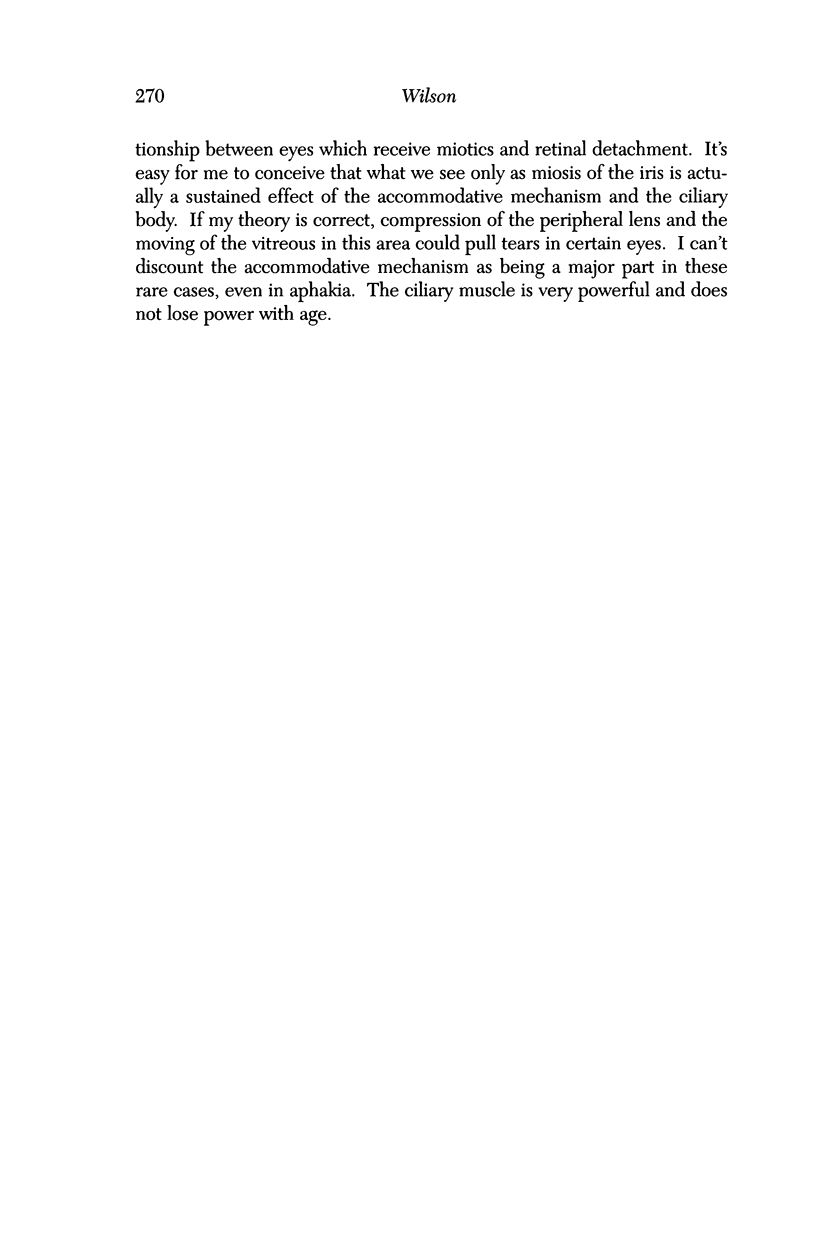
Images in this article
Selected References
These references are in PubMed. This may not be the complete list of references from this article.
- Coleman D. J. On the hydraulic suspension theory of accommodation. Trans Am Ophthalmol Soc. 1986;84:846–868. [PMC free article] [PubMed] [Google Scholar]
- Coleman D. J. Unified model for accommodative mechanism. Am J Ophthalmol. 1970 Jun;69(6):1063–1079. doi: 10.1016/0002-9394(70)91057-3. [DOI] [PubMed] [Google Scholar]
- Coleman D. J. Unified model for accommodative mechanism. Am J Ophthalmol. 1970 Jun;69(6):1063–1079. doi: 10.1016/0002-9394(70)91057-3. [DOI] [PubMed] [Google Scholar]
- Koretz J. F., Handelman G. H. How the human eye focuses. Sci Am. 1988 Jul;259(1):92–99. doi: 10.1038/scientificamerican0788-92. [DOI] [PubMed] [Google Scholar]
- Schachar R. A., Huang T., Huang X. Mathematic proof of Schachar's hypothesis of accommodation. Ann Ophthalmol. 1993 Jan;25(1):5–9. [PubMed] [Google Scholar]
- Schachar R. A., Tello C., Cudmore D. P., Liebmann J. M., Black T. D., Ritch R. In vivo increase of the human lens equatorial diameter during accommodation. Am J Physiol. 1996 Sep;271(3 Pt 2):R670–R676. doi: 10.1152/ajpregu.1996.271.3.R670. [DOI] [PubMed] [Google Scholar]
- Wilson R. S. A new theory of human accommodation: cilio-zonular compression of the lens equator. Trans Am Ophthalmol Soc. 1993;91:401–419. [PMC free article] [PubMed] [Google Scholar]
- Wilson R. S. A new theory of human accommodation: cilio-zonular compression of the lens equator. Trans Am Ophthalmol Soc. 1993;91:401–419. [PMC free article] [PubMed] [Google Scholar]






